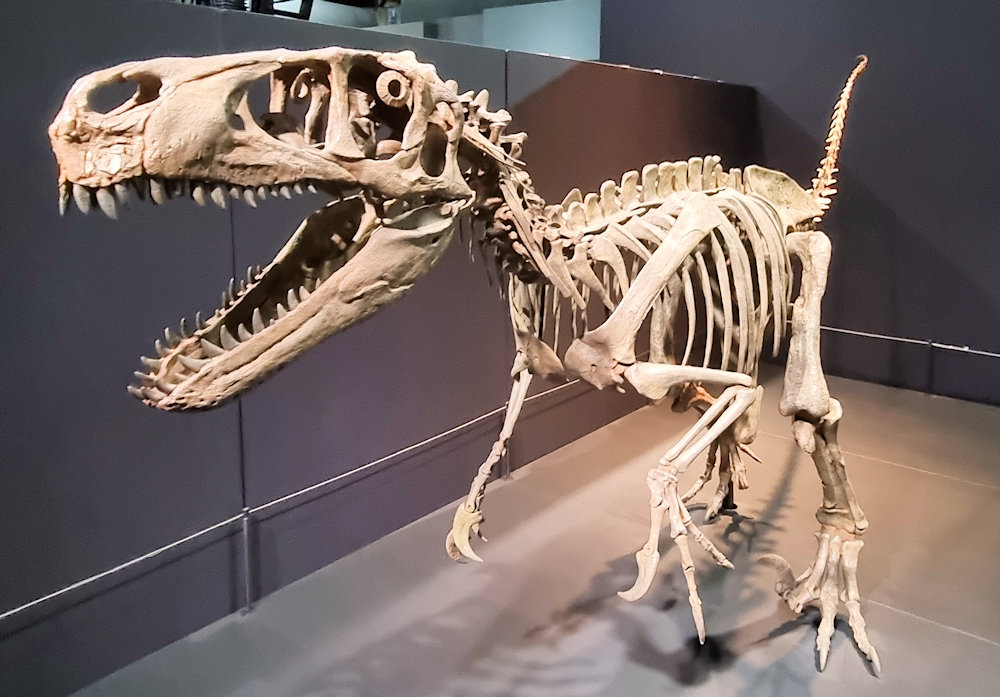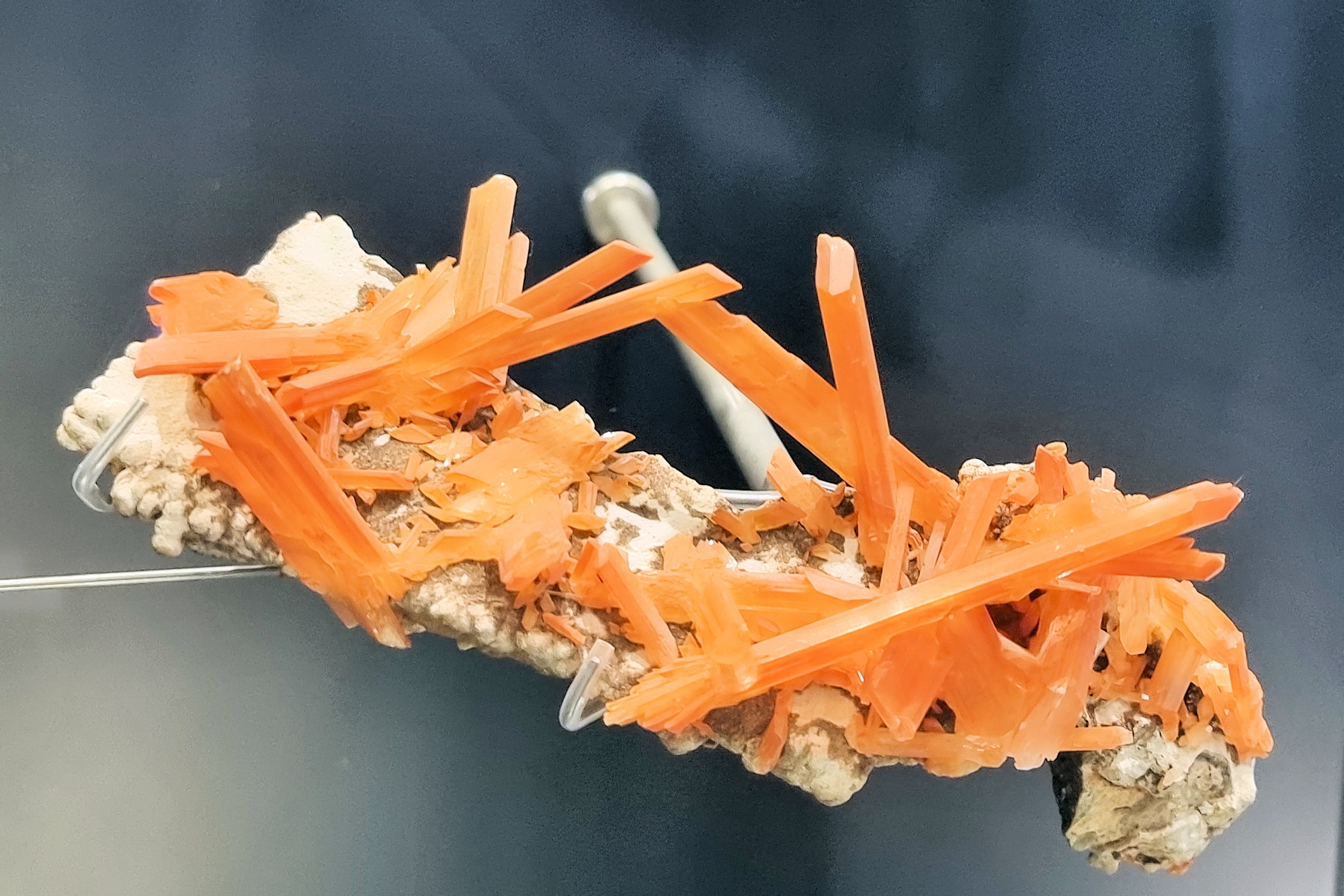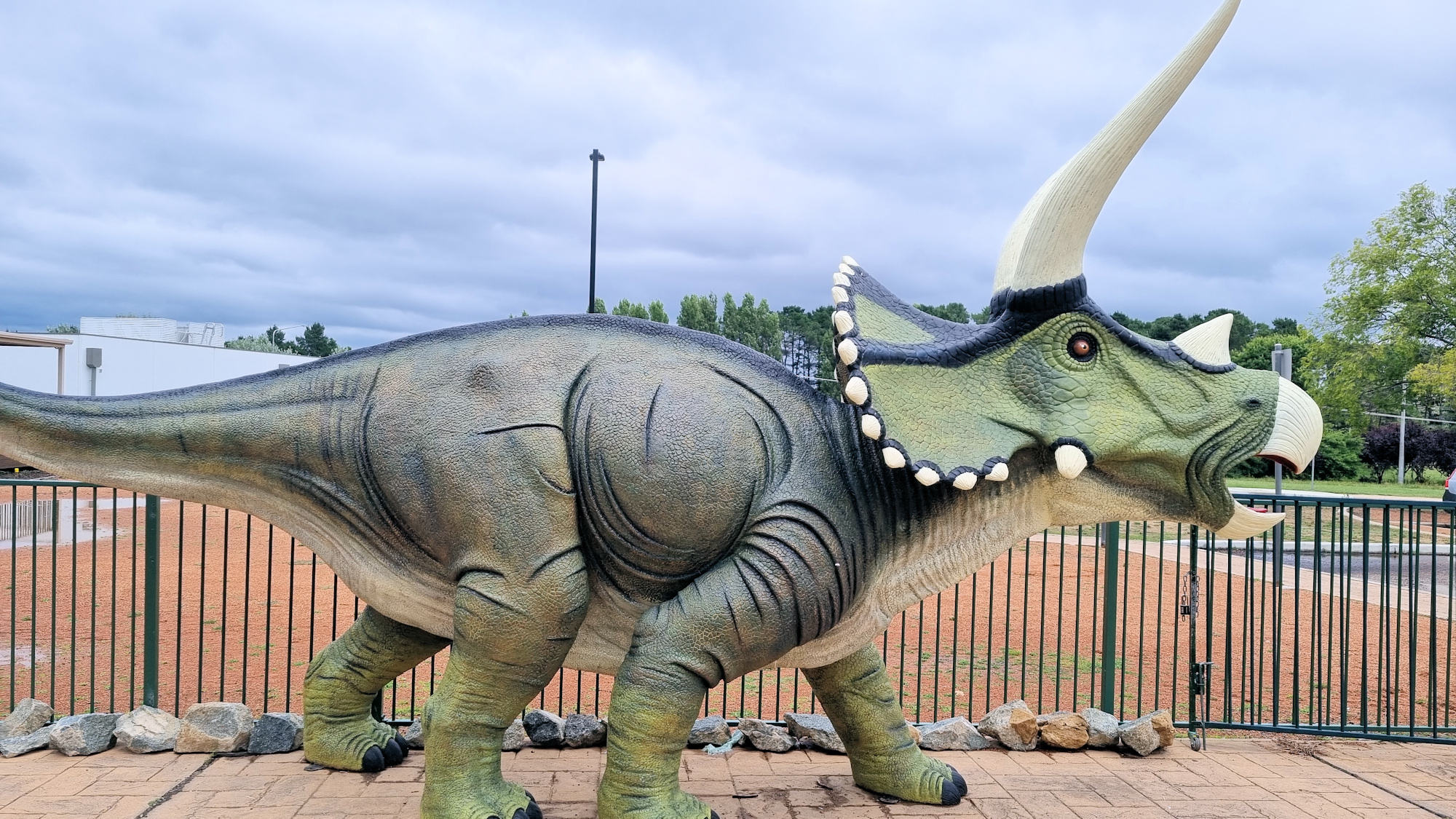Tag: Dinosaurs
-
Dinosaurs: Surviving Extinction exhibition at Newcastle Museum

Dinosaurs: Surviving Extinction exhibition at Newcastle Museum On display until 2 March 2025, the Dinosaurs: Surviving Extinction exhibition at Newcastle Museum (New South Wales, Australia) showcases the latest understanding of dinosaur evolution. Excellent artwork illustrates how palaeontologists think they looked. Fossils of protoceratops and tarbosaurus show how these dinosaurs developed through their lifecycles. Four protoceratops… Read more
-
Australian Fossil and Mineral Museum

Australian Fossil and Mineral Museum Bathurst Driving through Bathurst on our way to the Newnes Industrial ruins we discovered the Australian Fossil and Mineral Museum. Surprised to find such an important collection located in regional New South Wales. The Somerville Collection Containing over 5,000 objects, the collection was the life’s work of Warren Somerville AM.… Read more
-
National Dinosaur Museum

National Dinosaur Museum One of the Australian Capital Territories’ main tourist attractions, the National Dinosaur Museum explains evolution through the use of fossils and interactive displays. Animatronics and recreated landscapes bring the displays to life, adding a lot of fun to the museum. Outside the museum, a dinosaur-themed playground keeps the kids entertained, a life… Read more